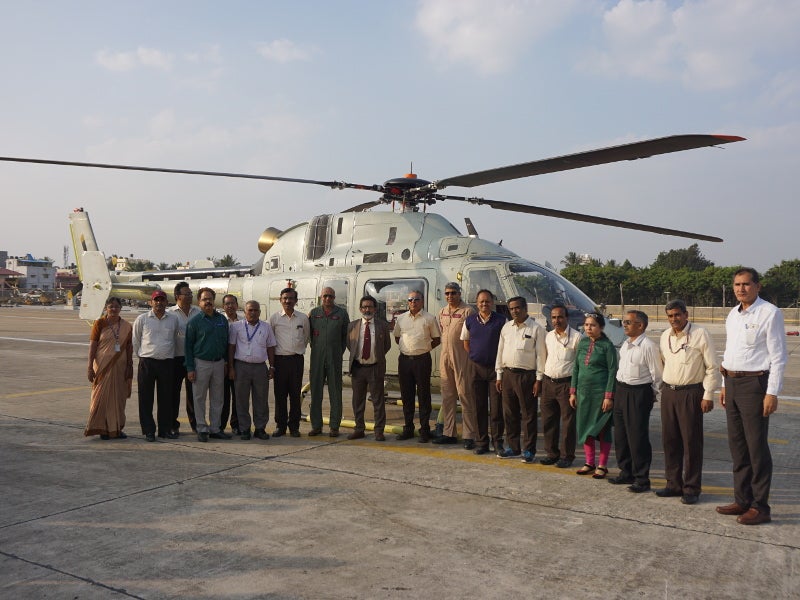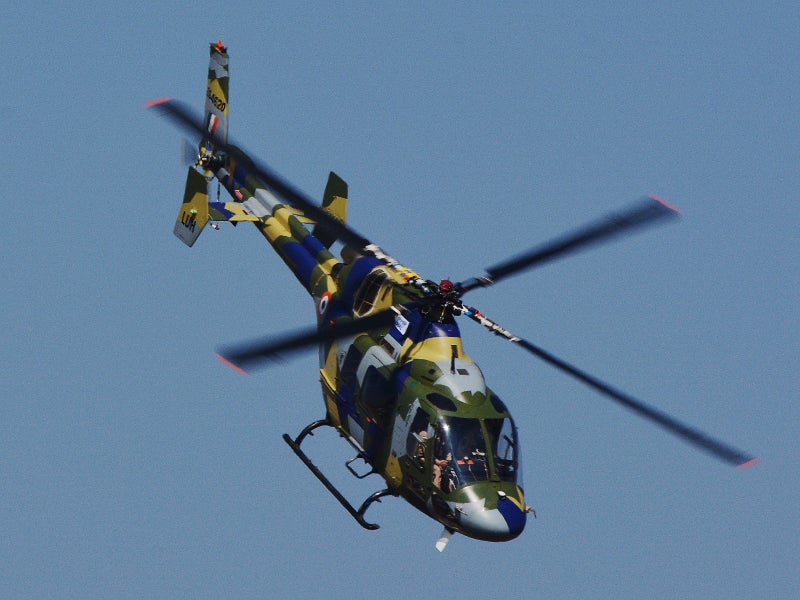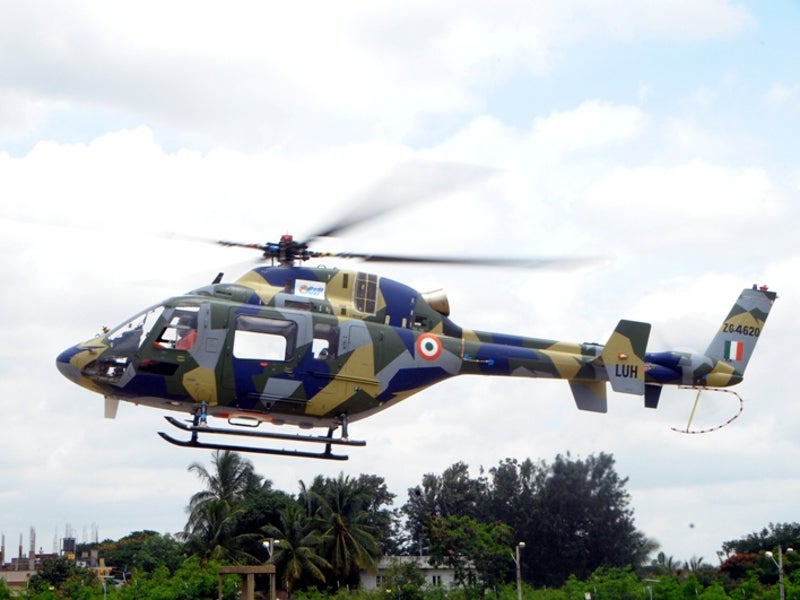HAL Light Utility Helicopter (LUH) is a new-generation rotorcraft being designed and developed by Hindustan Aeronautics Limited (HAL) for the Indian Armed Forces.
The high-performance LUH will replace the combat-proven Cheetah and Chetak helicopters in service with the Indian Air Force and the Indian Army.
HAL received orders for a total of 187 LUHs, of which 126 will serve the Indian Army and 61 will enter service with the Indian Air Force (IAF).
HAL Light Utility Helicopter development details
The LUH is the latest helicopter to be designed and developed by the rotary wing research and design centre (RWR&DC) of HAL, after Advanced Light Helicopter (ALH) and Light Combat Helicopter (LCH).
HAL is conducting test flights on three prototypes of the light utility helicopter. The maiden flight of the first prototype, named LUH PT-1, was conducted in September 2016. Based on the experience gained from the development of the PT-1, the second prototype (PT-2) was integrated with a modified tail boom. The PT-2 made its first flight in May 2017.
HAL concluded maiden test on the third prototype in December 2018. High-altitude and cold weather trails on the helicopter are scheduled in early-2019.
LUH design and features
The multi-role helicopter is designed to meet both military and civilian needs. It will be capable of performing multiple missions such as surveillance, reconnaissance, rescue, medical evacuations, and cargo / troop transport.
The helicopter’s cabin and airframe are made of composite material. It features two access doors and windows on port, as well as starboard sides of the hull for the entry and exit of passengers. The next-generation helicopter is also fitted with high-capacity skid-type landing gear.
The LUH integrates a glass cockpit equipped with multi-function displays (MFDs). The smart cockpit display system presents key flight data on LCD screens. The new-generation helicopter also features auto-pilot and helmet-mounted display system.
Additional equipment includes a rescue hoist for search-and-rescue operations, cargo sling, and stretchers. The helicopter also features an emergency floatation system to remain afloat in the event of crash landing on water.
The light utility helicopter can accommodate two crew including a pilot and a co-pilot, as well as six passengers. The maximum take-off weight of the helicopter is 3,150kg.
LUH engine details
The LUH is powered by an Ardiden 1U (Shakthi) engine designed by Safran. The two-stage turbine engine develops a maximum power of 1,058kW enabling the rotorcraft to perform search-and-rescue missions, long-range flights, and hover operations. The maximum continuous power output of the engine is 912kW.
The Ardiden 1U engine integrates a two-stage centrifugal compressor along with a single-stage gas generator turbine equipped with single crystal blades. It also features a reverse flow combustion chamber, an integral oil system, and a dual-channel full-authority digital engine control (FADEC) system.
The engine can be operated in auxiliary power unit (APU) mode, which enables power supply for all the lighting, electronic and communications systems aboard the helicopter.
Performance of HAL Light Utility Helicopter
The 3t-class helicopter is capable of performing in high-altitude areas such as the Himalayas. It has a service ceiling of 6,500m and can perform manoeuvres with ease due to the sufficient power generated by the engine. It is capable of carrying payloads weighing up to 500kg.
The light utility helicopter can attain a maximum speed of 235km/h (127kt) during a level flight at the sea level. It can endure up to a range of 350km, which can be extended to 500km with the integration of internal fuel tanks.










